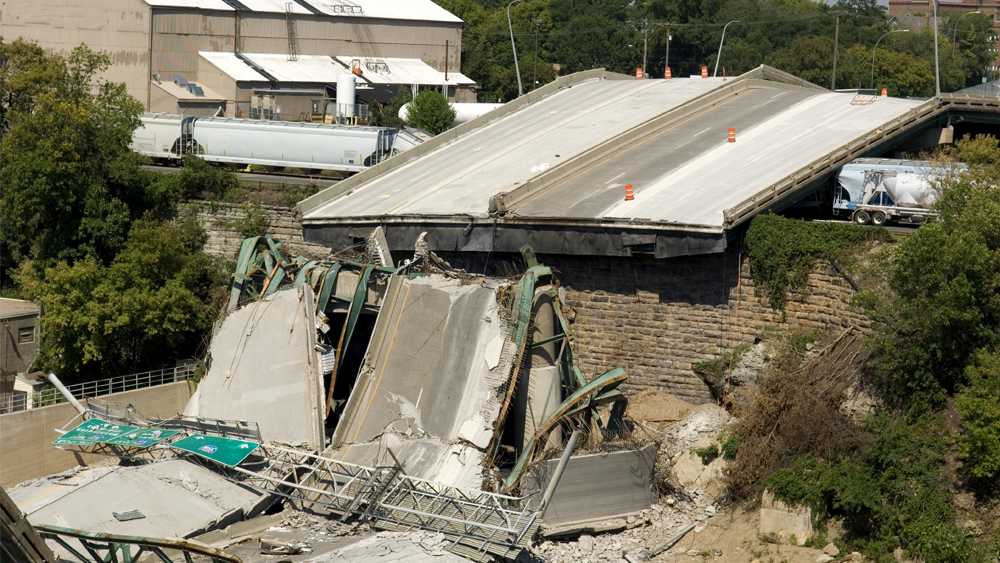
Earthquakes, hurricanes and tsunamis can have a catastrophic impact on infrastructure.
Dr. Petros Sideris, assistant professor in the Zachry Department of Civil and Environmental Engineering at Texas A&M University, has been awarded a National Science Foundation (NSF) grant to advance the fundamental understanding and computational simulation of the damage and failure mechanisms of reinforced concrete structures under extreme natural events.
Accurate predictions of damage and the failure of reinforced concrete structures are essential when designing and assessing risk, especially by federal and state agencies and local communities. This research will support structure- and community-level resilience efforts.
Specifically, it will help accurately assess the performance of new and existing structures against natural hazards, identify key vulnerabilities, prioritize and guide retrofitting, upgrade actions, and develop and refine new designs to protect people and property from disasters.
“This research will produce computational simulation tools that will become available to the engineering community to support a wide range of efforts on addressing structure- and community-level resilience challenges,” Sideris said. “I am very excited and humbled by this award, which will allow me to pursue research that will advance our capability to predict structural failures under natural hazards in order to support efforts to improve the resilience of structures and communities.”
Sideris’ research focuses on infrastructure resilience with particular emphasis on mitigating the effects of natural hazards on the built environment through understanding of the behavior of existing structures and the development of new resilient and sustainable designs realized via novel response mechanisms, advanced materials and new construction methods. His work lies at the nexus of performance-based engineering, computational structural mechanics and dynamics, and experimental methods for large-scale structures and materials.
Dr. Petros Sideris, assistant professor in the Zachry Department of Civil and Environmental Engineering at Texas A&M University, has been awarded a National Science Foundation (NSF) grant to advance the fundamental understanding and computational simulation of the damage and failure mechanisms of reinforced concrete structures under extreme natural events.
Accurate predictions of damage and the failure of reinforced concrete structures are essential when designing and assessing risk, especially by federal and state agencies and local communities. This research will support structure- and community-level resilience efforts.
Specifically, it will help accurately assess the performance of new and existing structures against natural hazards, identify key vulnerabilities, prioritize and guide retrofitting, upgrade actions, and develop and refine new designs to protect people and property from disasters.
“This research will produce computational simulation tools that will become available to the engineering community to support a wide range of efforts on addressing structure- and community-level resilience challenges,” Sideris said. “I am very excited and humbled by this award, which will allow me to pursue research that will advance our capability to predict structural failures under natural hazards in order to support efforts to improve the resilience of structures and communities.”
Sideris’ research focuses on infrastructure resilience with particular emphasis on mitigating the effects of natural hazards on the built environment through understanding of the behavior of existing structures and the development of new resilient and sustainable designs realized via novel response mechanisms, advanced materials and new construction methods. His work lies at the nexus of performance-based engineering, computational structural mechanics and dynamics, and experimental methods for large-scale structures and materials.
Strengths in infrastructure at TEES
The Texas A&M Engineering Experiment Station's infrastructure market segment addresses obstacles related to all aspects of land and sea organizational structures and facilities. Our strengths include infrastructure renewal, advanced materials and structural systems, deep-water platforms, slender and large body hydrodynamics, non-traditional materials and deep ocean seafloor engineering.
